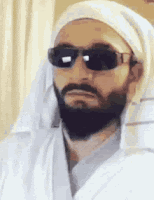There is increased interest in films originating in the Arab world. For example, films from Algeria, Lebanon, Morocco, the Palestinian territories, Syria and Tunisia are making wider and more frequent rounds than ever before in local film festivals and repertoire theaters.
Arabic cinema is dominated by Egyptian movies. Three quarters of all Arab movies are produced in Egypt.
There are numerous film festivals that have historically been and are held in various parts of the Arab world to both honor and showcase films from the Arab regions, as well as international standouts.
Since 1976, Cairo has held the annual Cairo International Film Festival, which has been accredited by the International Federation of Film Producers Associations.There is also another festival held in Alexandria. Of the more than 4,000 short- and feature-length films made in Arabic-speaking countries since 1908, more than three-quarters were Egyptian.

















































